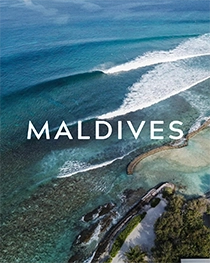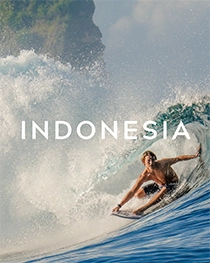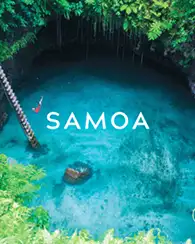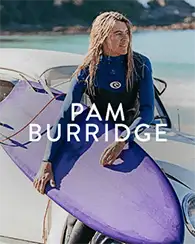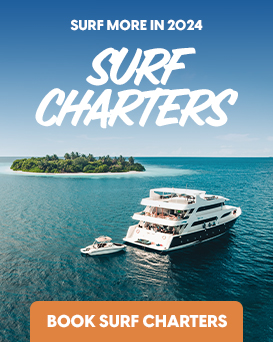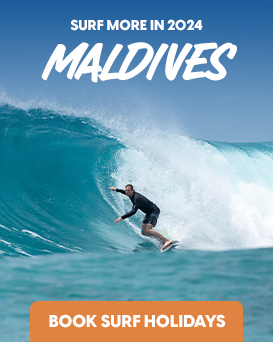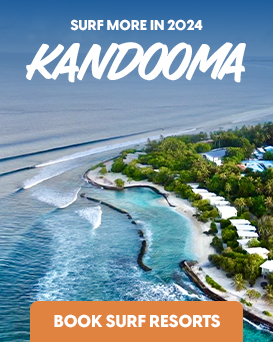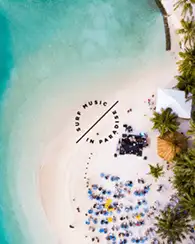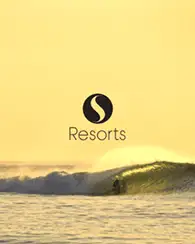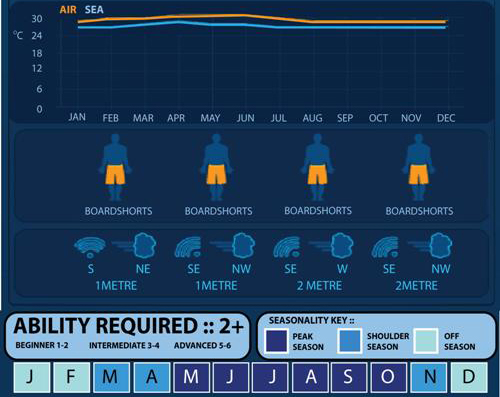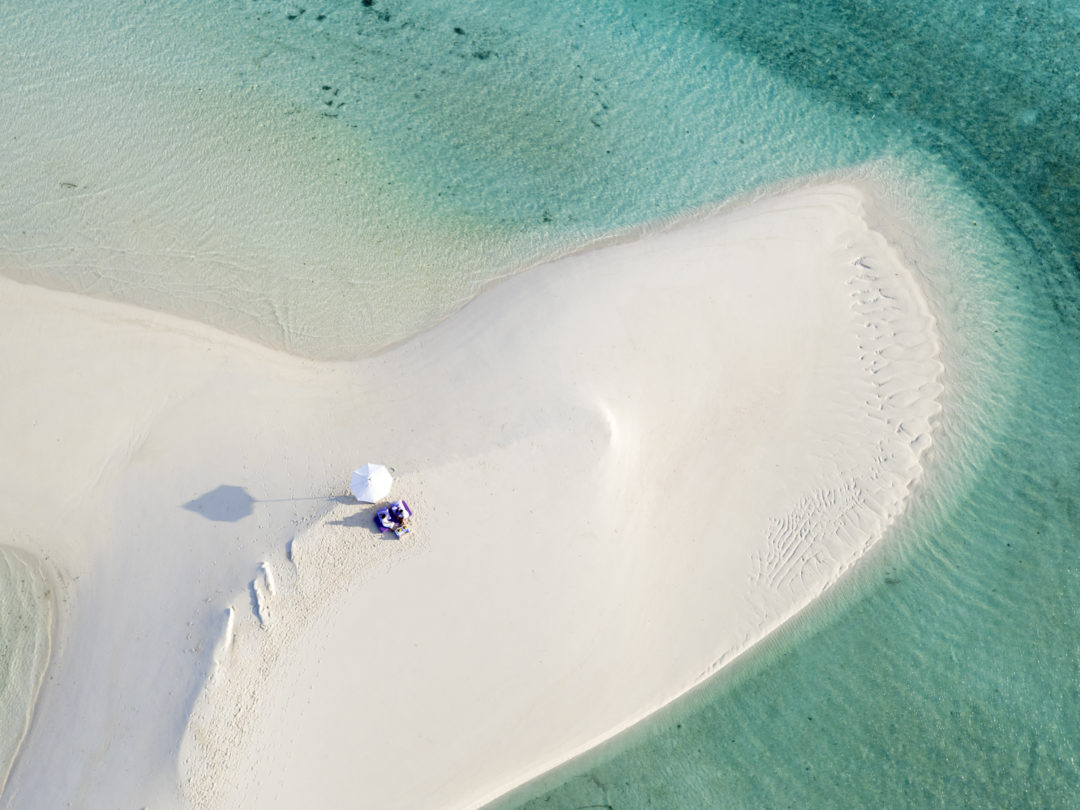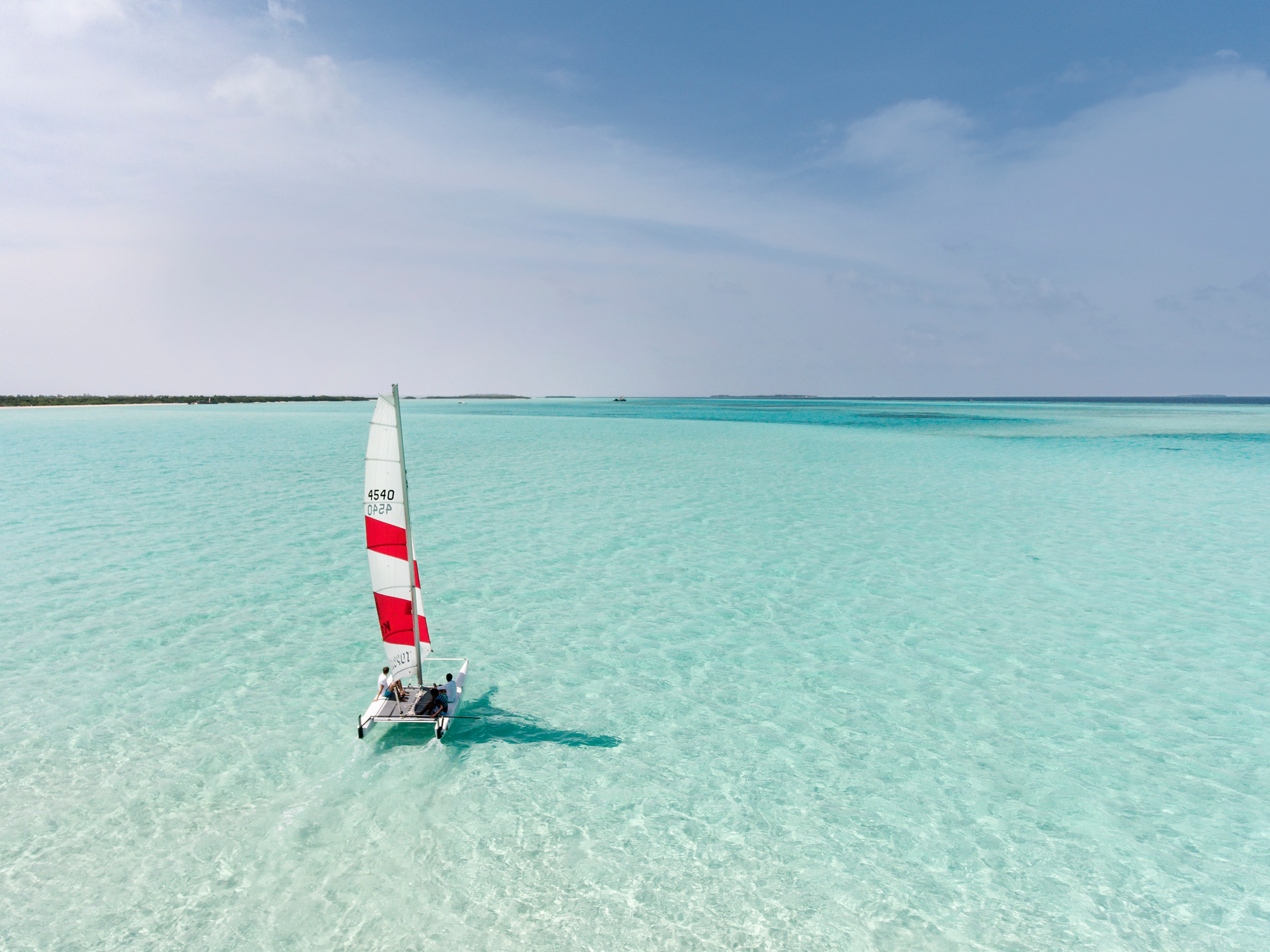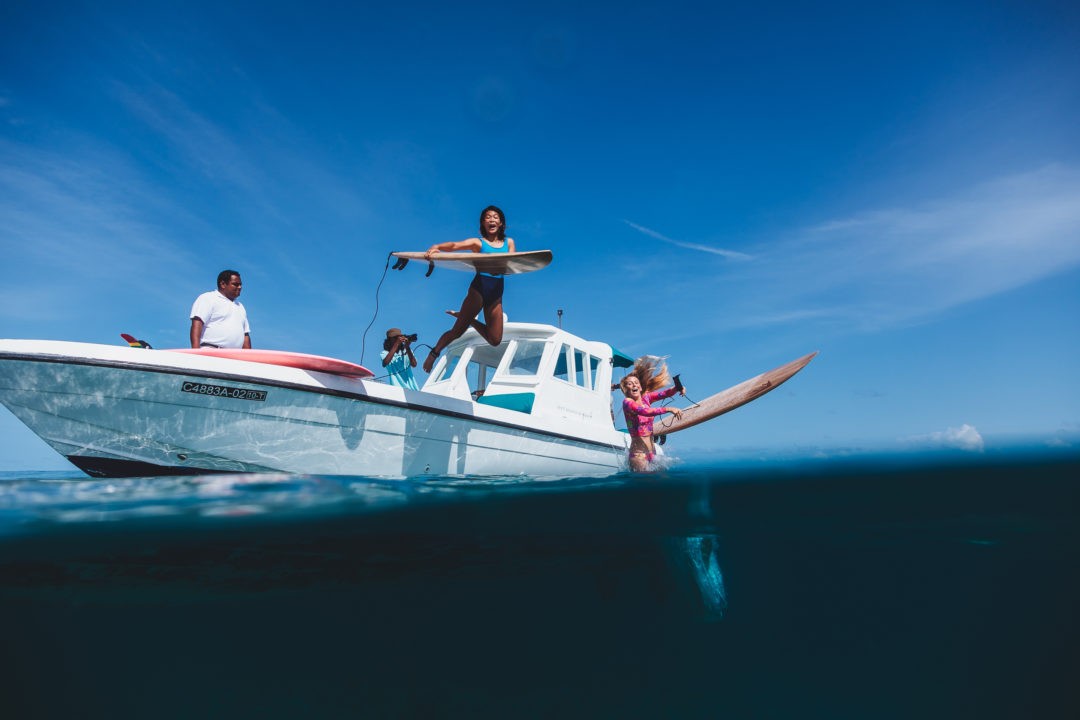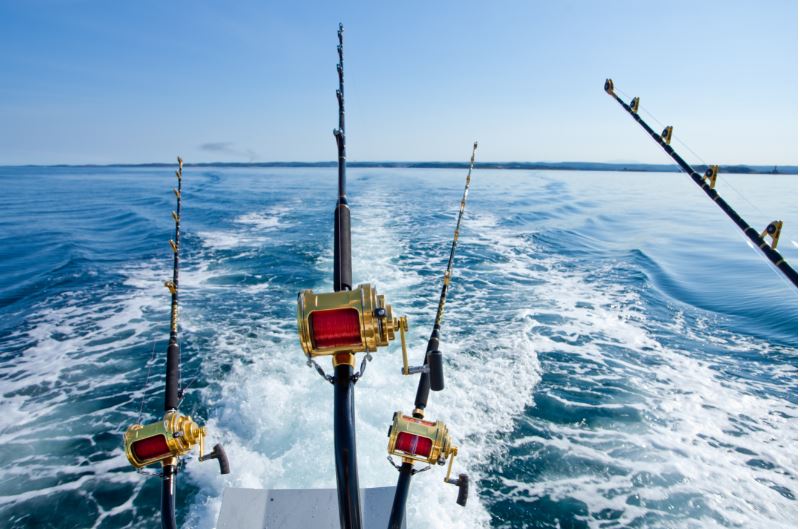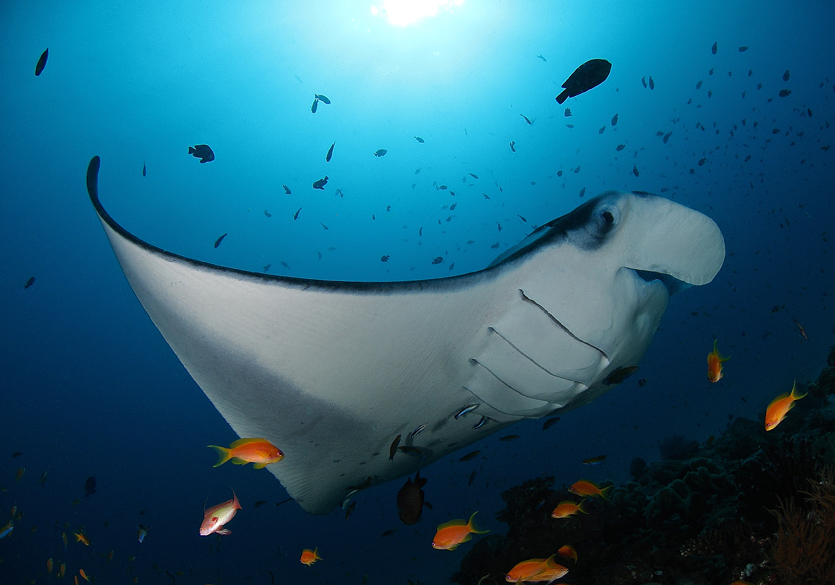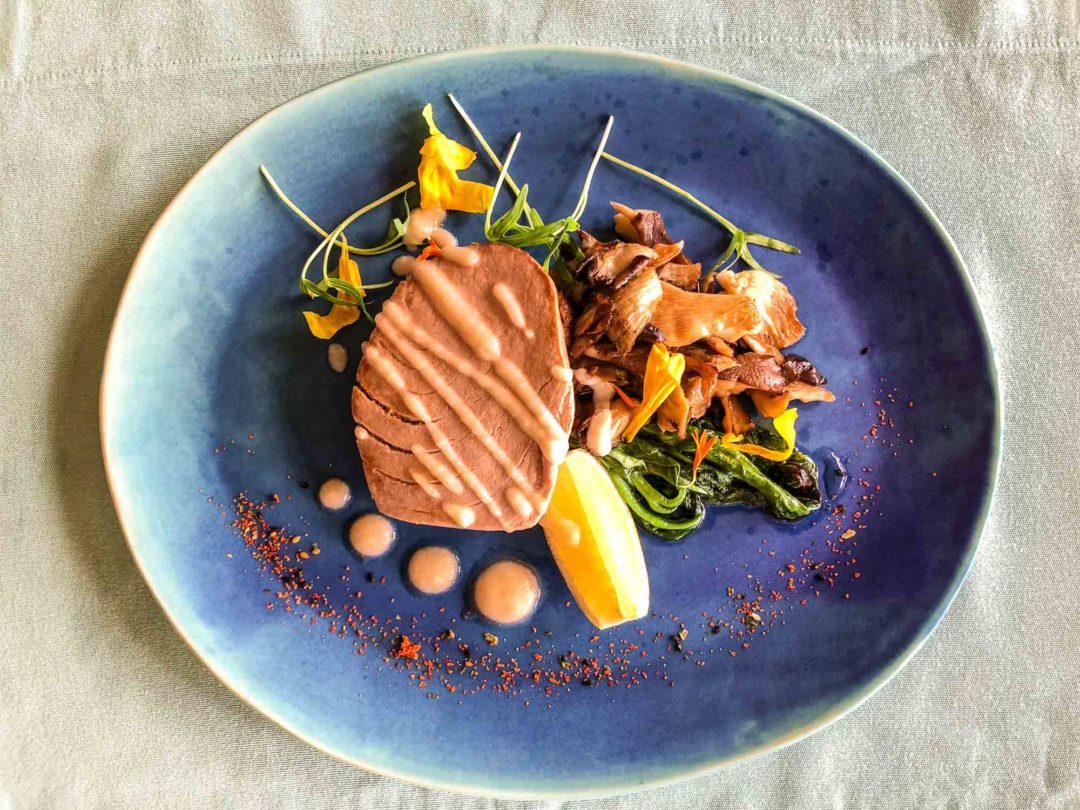North Maldives Surf Guide
The Maldives are generally known for being a tropical paradise made up of beautiful, palm tree covered islands, ringed by white sand beaches, blue lagoons, and spectacular coral reefs inhabited by colourful sea life. The Northern Atolls are no different and with Baa Atoll being a UNESCO Biosphere Reserve, it is even more special. A range of quality lefts and rights have been logged, but this is a boat charter option for surfers who want to surf newly discovered or completely uncharted surf spots.The region is largely unexplored. There are currently 13 named breaks on Baa Atoll, but only 4 are surfed on a regular basis. There are 3 other atolls that can be reach within a day by boat from Baa Atoll: Lhaviyani to the west, Noonu to the northwest, and Raa to the north. This is a fantastic area for surfers who want to surf newly discovered or completely uncharted surf spots.
The Maldives are Open for International Arrivals!
The Maldives have a unique geography where each resort is on its own island, a form of natural isolation. This is the basis for Covid-19 Safe Procedures that balance the needs of international travellers, the local tourism industry and the health of all. This world-leading approach shows the way forward for travel and tourism based on living with the virus, minimising risk yet still getting on with life and business.
To read more about the current situation and procedures for travel to the Maldives, read the latest here.
What we love
Remote and uncrowded waves, in fact, most waves have only recently been discovered
Out-of-this-world luxury resorts available in this relatively untouched area of the Maldives
Surf charters whill get you to newly discovered or completely uncharted surf spots with nobody around
Baa Atoll is a UNESCO Biosphere Reserve
Where to surf
The 13 known breaks in the Baa Atoll area are located in 4 different areas, and are only accessible by boat. They all need strong, long range swells with a period over 10 seconds from the SSW, S or SSE to work to their full potential. Although, conditions may vary from break to break, depending on swell size and direction, as well as the strength and direction of the wind these waves work best on mid to high tide.
Raa Atoll is situated directly above Baa Atoll, so is almost completely blocked from direct S swell. Its south-west rim is the most exposed and open to swells from the SSW or SW, while its eastern rim is also open to strong SE swells. As with most breaks in the general area, light variable winds are preferred, along with winds from the NNE, N and NNW depending on the orientation of each break.
As for Lhaviyani Atoll and Noonu Atoll, due to their locations on the east side of the island chain (similar to North Male Atoll) they are more exposed to SSE and SE swells, with the southwest rim of Lhaviyani Atoll also within the reach of strong SW swells.
Best Surf Breaks
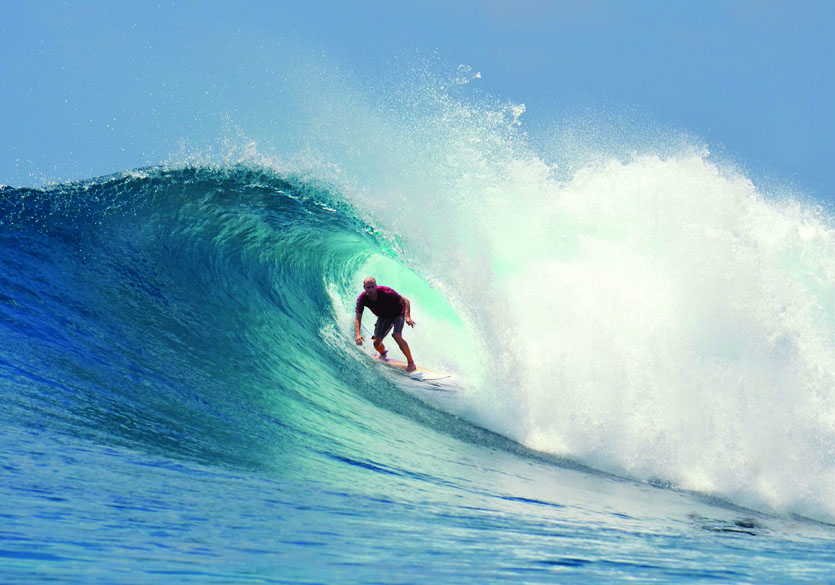

Dhravandhoo Right
BAA ATOLL
About 3 kilometres to the south of Dharavandhoo, it is the closest wave to the airport. As the name implies it is a right-hander that works best on a SSE swell with W to NE or light variable winds. Probably the heaviest of the few regularly surfed waves in the atoll, it is for intermediate to advanced surfers only..
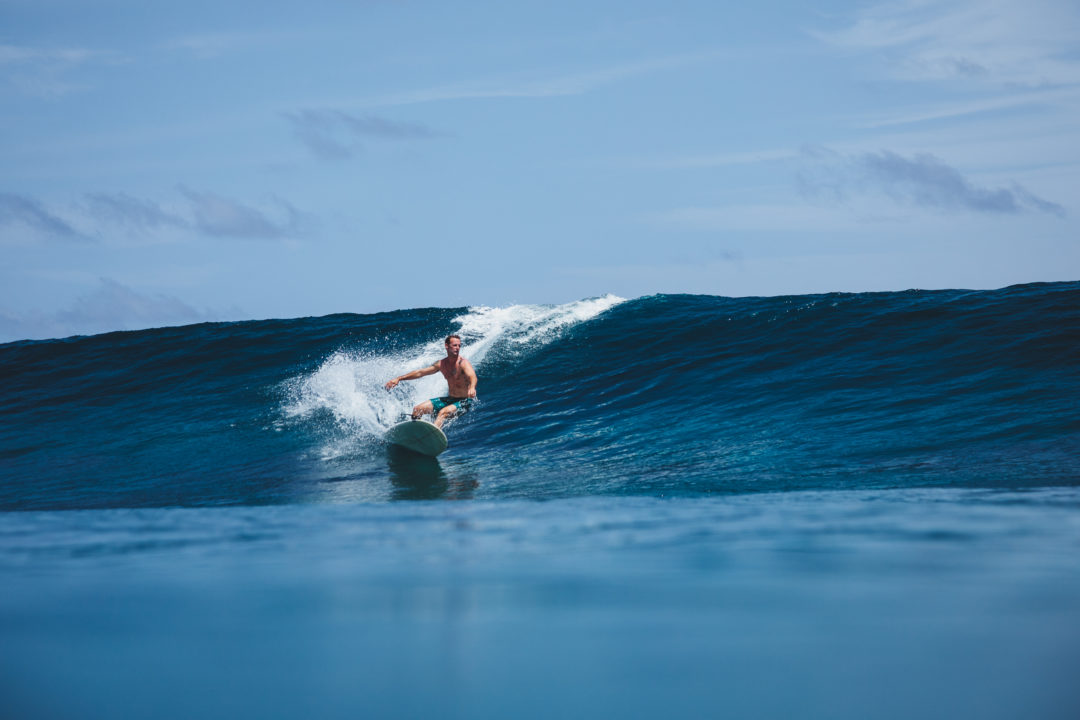

Kudadhdhoo
BAA ATOLL
This left is the standout wave in the region, and is considered world class. It is best on a SSE to SE swell and N to NNE wind.
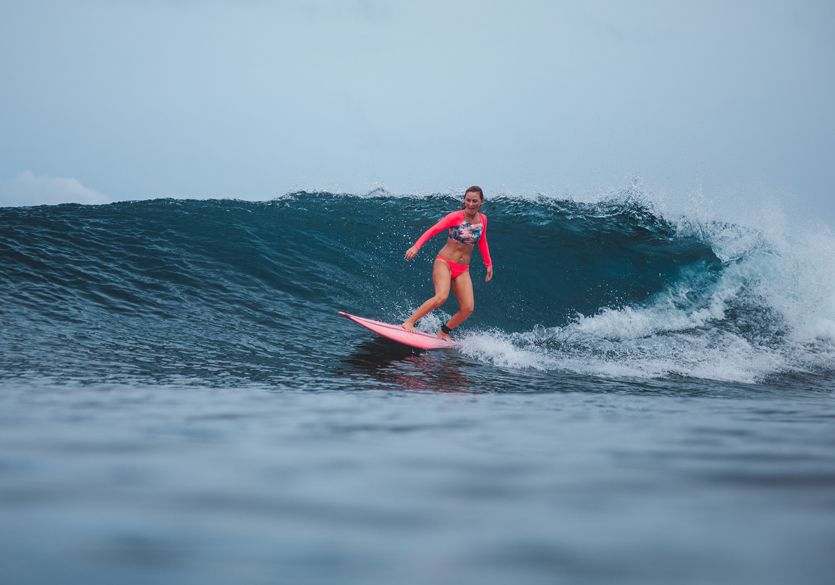

Kudathulhaadhoo
RAA ATOLL
Well hidden wave inside the atoll, a playful right hander. Needs big SW swell, above 12s period.
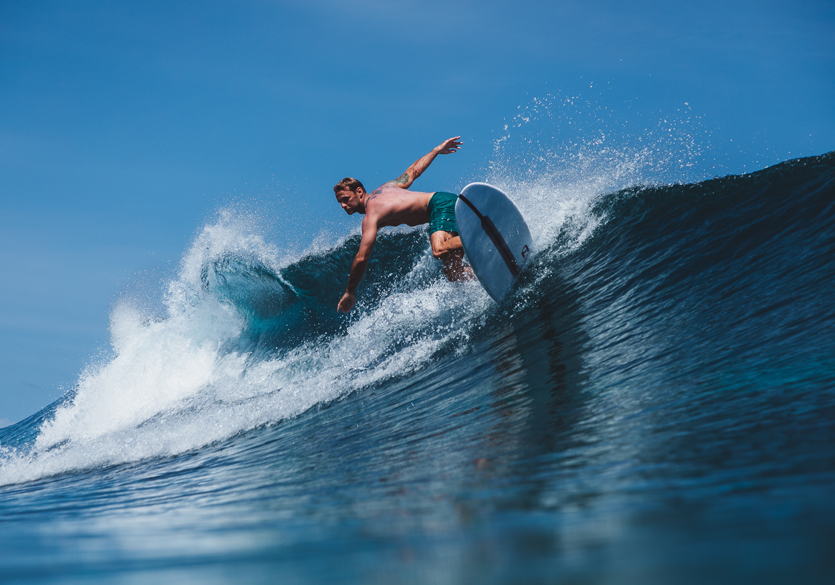

Maamunagu Finolhu
BAA ATOLL
Left Hander, suitable fo rintermediate – advanced surfers. Shifty peaks, and fast inside section. Requires big SW swell, above 10s period.
When to go
The best time to surf the Northern Atolls is during the South-West Monsoon season, from April to October, with May-August period being the peak wave season. This offers the best chance to score the strong, long period swells from the SSW, S or SSE that the waves need to fire. Amazingly, this also happens to be a low season in terms of Maldives travel calendar. This means that the resort prices are much lower than during the peak November-February period, which caters for dive holidays during this period. The water temperature is very consistent all year at 28 degrees.
Attractions
Whether its staying in one of the ultra-luxurious resorts in this area or chartering a dedicated surf seeking charter boat, you’ll have the choice of scuba diving, deep sea fishing, star gazing, private water slides, beach sunrise breakfast and dolphin cruises. All fueled by some of the freshest fish dinners and sashimi anywhere on Earth.
The Country
The Maldives is made up of 1192 miniscule islands called atolls spread over 800 km from north to south and straddling the equator. Roughly one hour’s flights southwest of Sri Lanka or four hours from Singapore, most of the atolls are idyllic, sun-drenched, palm-fringed Gilligan’s Island style set ups. Countless pristine, white, sandy beaches are surrounded by shallow, crystal clear lagoons and vibrant live coral reefs perfect for surfing and diving. The Maldives is the smallest Asian country in terms of both population and area as well as the smallest predominantly Muslim nation in the world. With an average ground level of 1.5 metres above sea level, it is the lowest country on the planet. It is also the country with the lowest high point in the world, at 2.3 metres. No need to bring the climbing gear then.
Getting There
Fly into the capital Male’s Velana International Airport (MLE) from all the major airports including Dubai, Singapore, Bangkok, Kuala Lumpur, Paris, London, Hong Kong and Sydney. From there it is a short domestic flight to Dharavandhoo (DRV), where a boat or resort’s representative will transfer you to your accommodation.
Travel Information
Time Zone
UTC+05:00
Currency
USD
Calling code
+960
Electric
230 V





